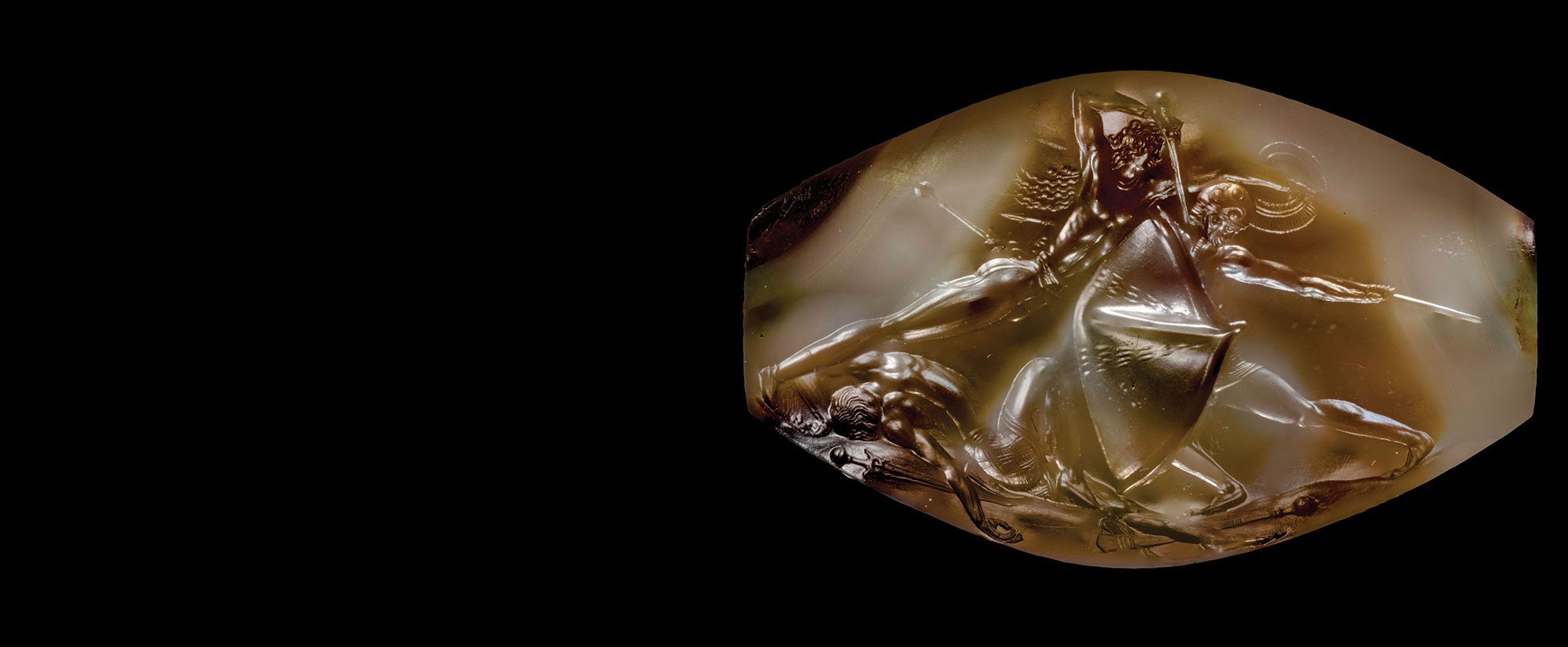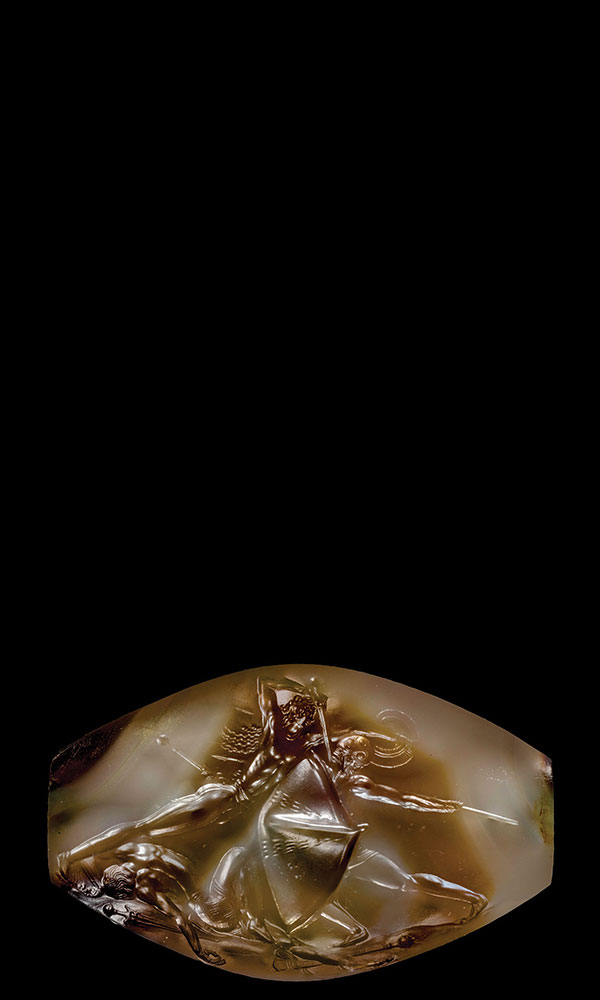TSUKUBA, JAPAN—Scientists led by Yasuyuki Mitsuma of the University of Tsukuba have found evidence of solar magnetic storms that took place sometime between 679 and 655 B.C. in radioisotope data collected from ancient trees and records kept on cuneiform tablets by ancient Assyrian astronomers. Some 2,700 years ago, astronomers in Babylon and Nineveh documented an unusual red glow in the sky on three separate cuneiform tablets, he explained. Mitsuma and his colleagues suggest this phenomenon may have been what are now known as stable auroral red arcs, which consist of light emitted by electrons in atmospheric oxygen atoms excited by intense magnetic fields. Tree ring data also registered a rapid rise in radioactive carbon-14 in the environment, which is associated with increased solar activity, at this time. Mitsuma said the information pushes the history of known solar activity back a century, and could help scientists predict future magnetic storms. To read about Babylonian astronomers' planetary calculations that are recorded on cuneiform tablets, go to "The World's Oldest Writing."
Did Assyrian Astronomers Observe Solar Storms?
News October 22, 2019
Recommended Articles
Features March/April 2025
An Egyptian Temple Reborn
By removing centuries of soot, researchers have uncovered the stunning decoration of a sanctuary dedicated to the heavens

Mapping the Past May/June 2019
The Nebra Sky Disc
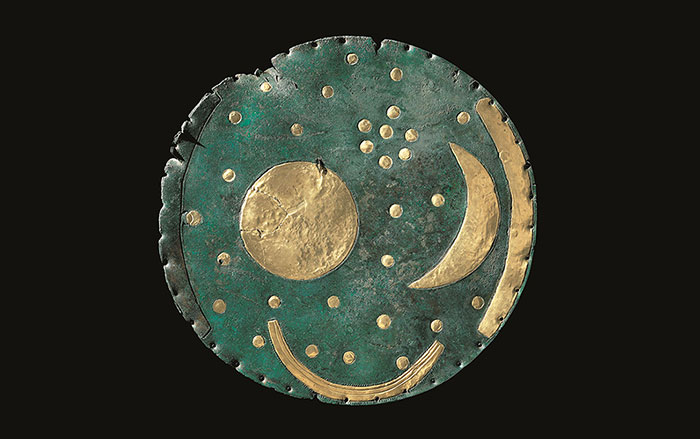
Off the Grid January/February 2026
Prophetstown, Indiana

Letter from France January/February 2026
Neolithic Cultural Revolution
How farmers came together to build Europe’s most grandiose funerary monuments some 7,000 years ago

-
Features September/October 2019
Minaret in the Mountains
Excavations near a 12th-century tower reveal the summer capital of a forgotten Islamic empire
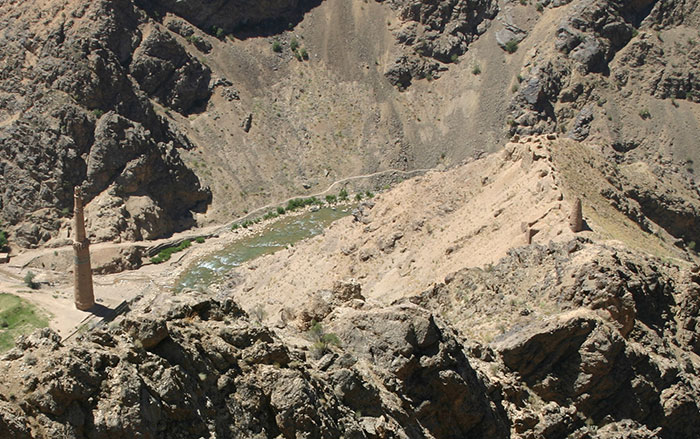 (Courtesy Minaret of Jam Archaeological Project)
(Courtesy Minaret of Jam Archaeological Project) -
Letter from Lake George September/October 2019
Exploring the Great Warpath
Evidence from forts, hospitals, and taverns in upstate New York is illuminating the lives of thousands of British soldiers during the French and Indian War
 (Jerry Trudell the Skys the Limit/Getty Images)
(Jerry Trudell the Skys the Limit/Getty Images) -
Artifacts September/October 2019
Roman Coin
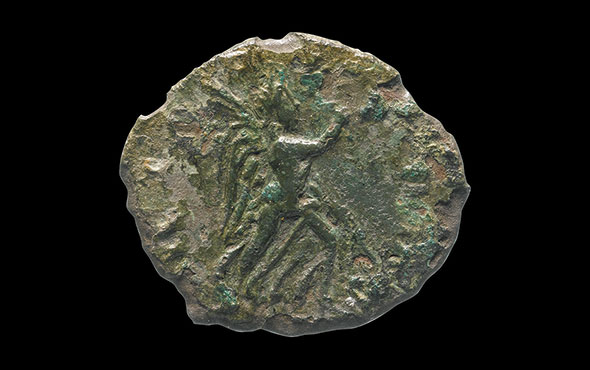 (Courtesy MOLA Headland)
(Courtesy MOLA Headland) -
Digs & Discoveries September/October 2019
The Case for Clotilda
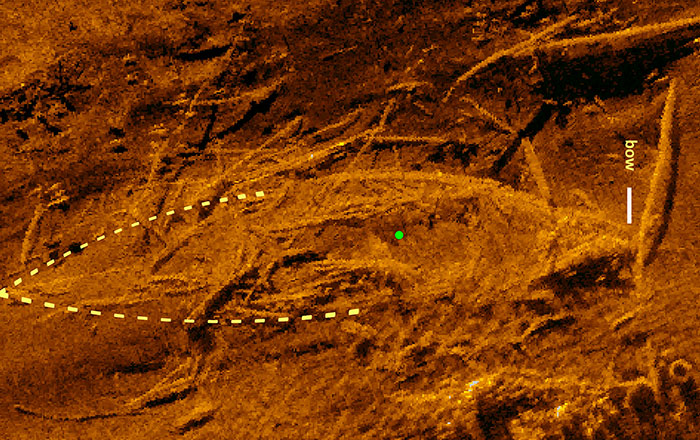 (Courtesy SEARCH inc)
(Courtesy SEARCH inc)


